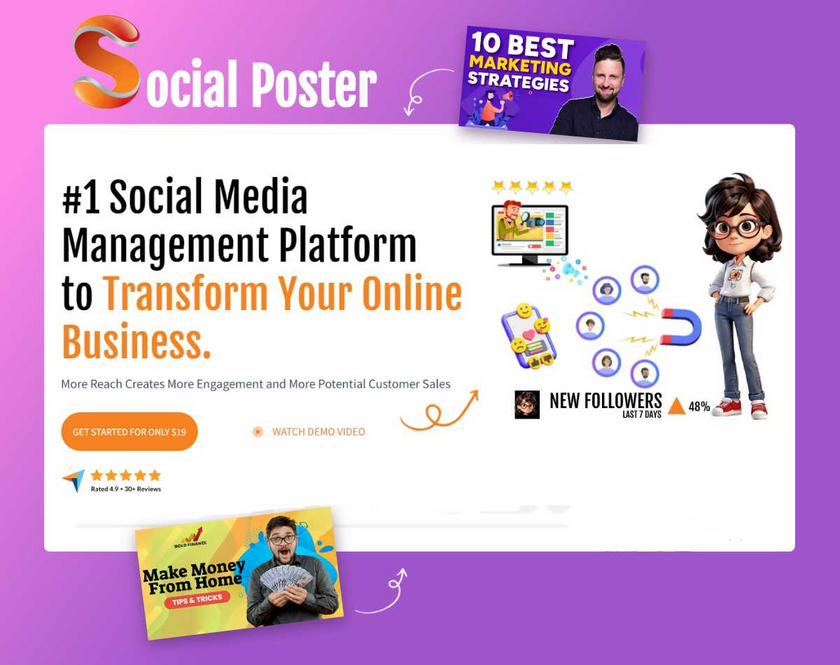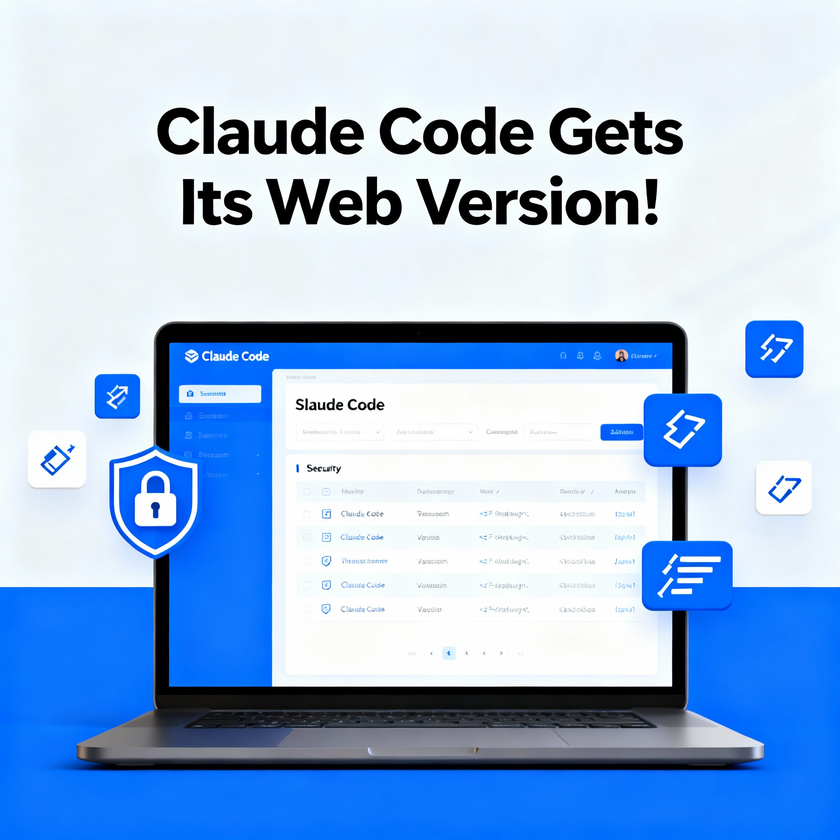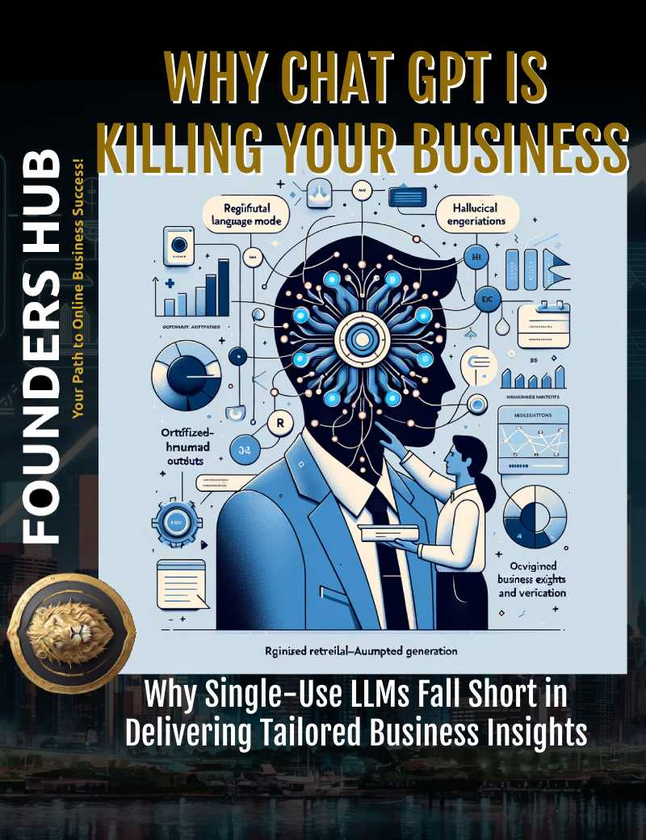In today's digital landscape, creating high-quality content is paramount for attracting organic traffic and engaging your audience. With an overwhelming amount of information available online, users are becoming increasingly discerning about the content they consume. According to a study, a staggering 65% of users find web content unreliable or hit-or-miss. This highlights the importance of producing content that not only resonates with your audience but also provides value and addresses their needs.
Key Takeaway: Producing high-quality, engaging content is crucial for attracting organic traffic, building trust with your audience, and establishing your brand as a credible source of information.
Understanding Your Audience
Before you can create content that resonates with your audience, you need to understand their interests, pain points, and preferred content types. This understanding will help you tailor your content to meet their needs and ensure that it provides value.
Identifying Interests and Pain Points
To identify your audience's interests and pain points, you can employ various methods:
- Surveys: Conduct surveys to gather direct feedback from your audience about their interests, challenges, and content preferences.
- Social Media Listening: Monitor social media platforms to understand the conversations, questions, and topics that resonate with your audience.
- Analytics: Analyze your website's analytics data to identify popular content, user behavior patterns, and areas of interest.
By understanding your audience's interests and pain points, you can create content that addresses their specific needs and provides solutions to their problems.
Preferred Content Types
Different audiences may prefer different types of content, such as blogs, videos, infographics, or podcasts. To determine which content types resonate best with your audience, you can:
- Analyze Engagement Metrics: Track engagement metrics like views, shares, and comments across different content types to identify the most popular formats.
- Gather Feedback: Solicit feedback from your audience through surveys, social media, or other channels to understand their content preferences.
- Experiment: Try different content formats and analyze the performance to determine which types resonate best with your audience.
By understanding your audience's preferred content types, you can optimize your content strategy and allocate resources effectively to create the most engaging and shareable content.
Creating Engaging Content
Once you understand your audience's interests and preferences, you can focus on creating engaging content that resonates with them.
Informative and Valuable Content
One of the key aspects of creating engaging content is ensuring that it provides value and addresses your audience's questions or concerns. To achieve this, you should:
- Research Thoroughly: Conduct in-depth research to ensure that your content is accurate, up-to-date, and comprehensive.
- Address Pain Points: Identify your audience's pain points and provide actionable solutions or insights to address them.
- Use Storytelling: Incorporate storytelling techniques to make your content more relatable and engaging.
- Offer Unique Perspectives: Share unique perspectives or insights that set your content apart from others in your industry.
By providing informative and valuable content, you establish trust with your audience and position yourself as a credible source of information.
Use of Multimedia Elements
Incorporating multimedia elements, such as images, videos, and infographics, can significantly enhance the engagement and shareability of your content. These visual elements not only make your content more visually appealing but also help break up text-heavy sections, making it easier for readers to consume and retain information.
Here are some examples of effective multimedia usage:
- Infographics: Use infographics to present complex data or processes in a visually appealing and easy-to-understand format.
- Instructional Videos: Create instructional videos to demonstrate step-by-step processes or provide visual explanations of complex topics.
- Embedded Tweets or Social Media Posts: Include relevant social media posts or tweets to add credibility and provide real-world examples or perspectives.
- Interactive Elements: Incorporate interactive elements, such as quizzes, polls, or calculators, to increase engagement and encourage user participation.
By leveraging multimedia elements, you can enhance the overall user experience and make your content more engaging and shareable.
Addressing User Intent
When creating content, it's crucial to ensure that it aligns with the user's intent. User intent refers to the underlying reason or goal behind a user's search query. There are three main types of user intent:
- Informational: The user is seeking information or answers to a specific question.
- Navigational: The user is trying to find a specific website or online resource.
- Transactional: The user intends to complete a specific action, such as making a purchase or signing up for a service.
To address user intent effectively, you should:
- Understand Search Queries: Analyze the search queries that lead users to your content to identify their underlying intent.
- Provide Relevant Information: Ensure that your content provides the information or solutions that users are seeking based on their intent.
- Optimize for Relevant Keywords: Use relevant keywords that align with the user's intent to improve your content's visibility in search results.
By addressing user intent effectively, you can improve the relevance and usefulness of your content, leading to higher engagement and better search engine rankings.
Promotion and Visibility
Creating high-quality, engaging content is only half the battle. To drive organic traffic and maximize the reach of your content, you need to promote it effectively and ensure its visibility.
Utilizing Hashtags and Keywords
Using relevant hashtags and keywords can significantly improve the discoverability of your content. By incorporating popular hashtags and keywords related to your topic or industry, you increase the chances of your content being found by users searching for that information.
To identify the most effective hashtags and keywords, you can use tools like:
- Google Keyword Planner: This tool allows you to research and analyze the popularity and competition of specific keywords.
- Ahrefs: Ahrefs provides comprehensive keyword research and analysis, including search volume, keyword difficulty, and related keywords.
- Social Media Analytics: Analyze the performance of hashtags and keywords on social media platforms to understand which ones resonate best with your audience.
By strategically using relevant hashtags and keywords, you can increase the visibility of your content and attract more organic traffic from users searching for related topics.
Social Media and Email Marketing
Promoting your content through social media and email marketing can significantly amplify its reach and visibility. These channels allow you to connect with your existing audience and potentially attract new followers or subscribers.
Social Media Promotion:
- Share your content across multiple social media platforms, such as Facebook, Twitter, LinkedIn, and Instagram.
- Engage with your audience by responding to comments and questions related to your content.
- Leverage influencer marketing by collaborating with influencers or thought leaders in your industry to share your content with their audiences.
Email Marketing:
- Include links to your latest content in your email newsletters or promotional campaigns.
- Segment your email list based on interests or preferences to deliver more targeted and relevant content.
- Encourage subscribers to share your content with their networks by including social sharing buttons in your emails.
By leveraging social media and email marketing, you can increase the visibility and reach of your content, driving more organic traffic and engagement.
Measuring Success
To ensure the effectiveness of your content strategy and make data-driven decisions, it's essential to track and measure the performance of your content.
Tracking Performance
Utilizing analytics tools can provide valuable insights into how your content is performing and help you identify areas for improvement. Some key metrics to monitor include:
- Page Views: Track the number of views or visits your content receives to gauge its popularity and reach.
- Bounce Rate: Monitor the bounce rate to understand how engaging and relevant your content is to users.
- Time on Page: Analyze the average time users spend on your content pages to assess their level of engagement.
- Social Shares: Track the number of social shares your content receives to measure its shareability and potential for reaching new audiences.
- Conversions: If your content is designed to drive specific actions, such as lead generation or sales, track the conversion rates to evaluate its effectiveness.
By monitoring these metrics, you can gain a comprehensive understanding of how your content is performing and identify areas for optimization.
Refining Content Strategy
Based on the performance data you gather, you can refine your content strategy to improve its effectiveness and better align with your audience's needs and preferences.
Here are some examples of adjustments you can make:
- Update Old Content: Identify underperforming content and update it with fresh information, new visuals, or additional insights to improve its relevance and engagement.
- Change Content Formats: If certain content formats perform better than others, adjust your strategy to focus more on creating those types of content.
- Optimize for Search Engines: Analyze the keywords and search terms that drive traffic to your content and optimize your content strategy accordingly.
- Adjust Promotion Tactics: If certain promotion channels or tactics are more effective than others, allocate more resources to those channels and adjust your promotion strategy accordingly.
By continuously refining your content strategy based on performance data, you can ensure that your content remains relevant, engaging, and effective in driving organic traffic.
Best Practices
To create high-quality, engaging, shareable content that drives organic traffic, it's essential to follow best practices and adopt a strategic approach.
Focus on Quality Over Quantity
While consistently creating content is important, it's crucial to prioritize quality over quantity. Producing high-quality, in-depth, and well-researched content not only provides more value to your audience but also helps establish your brand as a credible and trustworthy source of information.
Quality content is more likely to be shared, linked to, and referenced by others, which can significantly improve your search engine rankings and drive more organic traffic to your website.
Consistency and Frequency
While focusing on quality is paramount, maintaining a consistent and frequent content publishing schedule is also important. Consistency helps build audience loyalty and establishes your brand as a reliable source of information.
To maintain consistency, consider developing a content calendar that outlines your publishing schedule and content topics in advance. This will help you stay organized and ensure that you have a steady stream of fresh content for your audience.
Engagement and Interaction
Engaging with your audience and fostering interaction around your content can significantly enhance its reach and impact. Encourage comments, discussions, and feedback on your content, and actively participate in these conversations.
Respond to comments and questions promptly, and consider incorporating audience feedback into your future content ideas. This not only builds a stronger connection with your audience but also helps you create content that better addresses their needs and interests.
Additionally, consider leveraging user-generated content, such as testimonials, reviews, or guest posts, to further engage your audience and provide diverse perspectives.
Conclusion
Creating high-quality, engaging, shareable content that drives organic traffic is a multifaceted process that requires a deep understanding of your audience, a commitment to producing valuable and informative content, and a strategic approach to promotion and visibility.
By following the strategies and best practices outlined in this article, you can create content that resonates with your audience, establishes your brand as a credible source of information, and attracts more organic traffic to your website.
Remember, the key to success is striking a balance between quality and consistency, while continuously refining your content strategy based on performance data and audience feedback. Embrace multimedia elements, address user intent, and leverage the power of social media and email marketing to amplify the reach and visibility of your content.
Ultimately, by prioritizing quality and creating content that truly engages and provides value to your audience, you can build a loyal following, drive sustainable organic traffic, and achieve long-term success in the ever-evolving digital landscape.




















